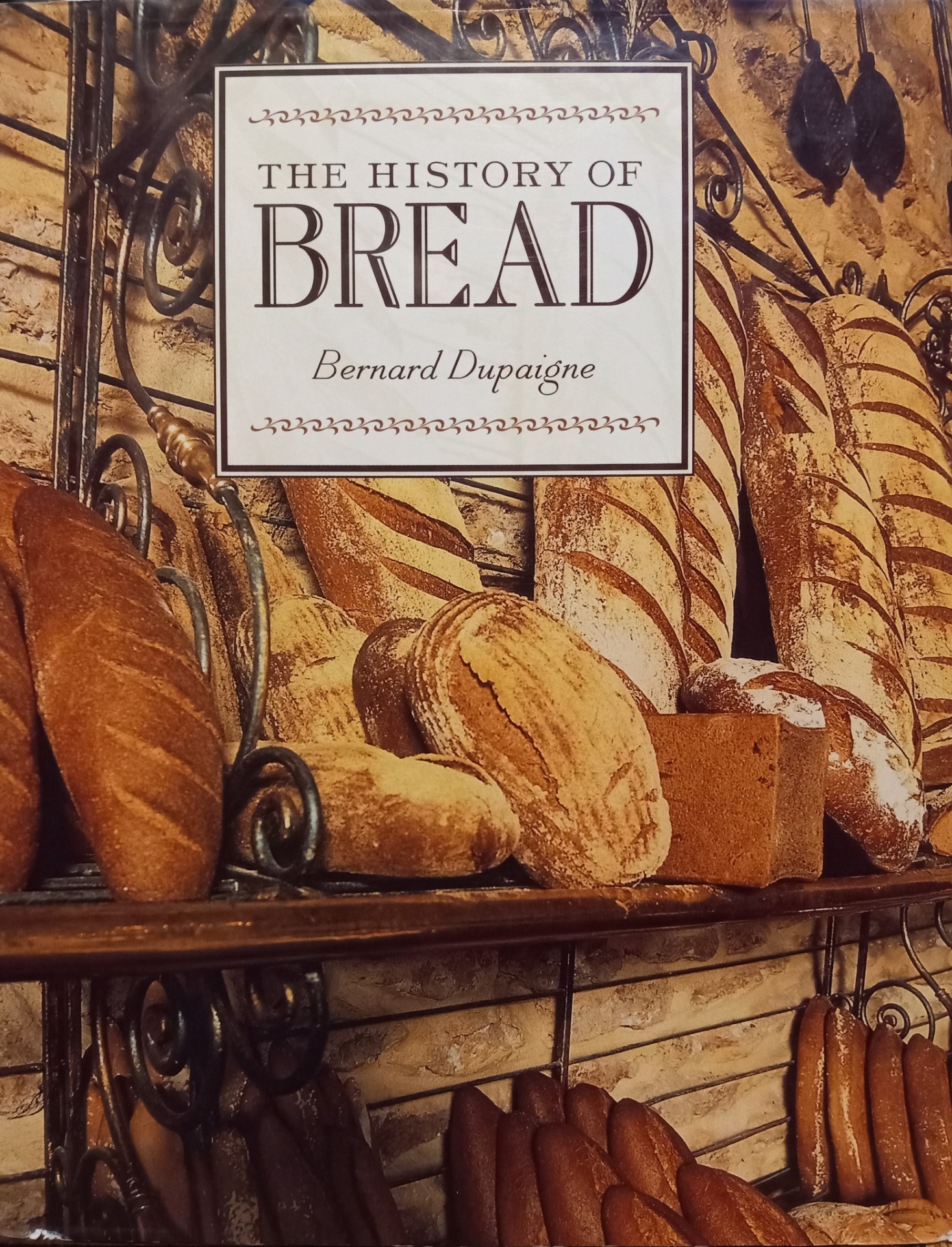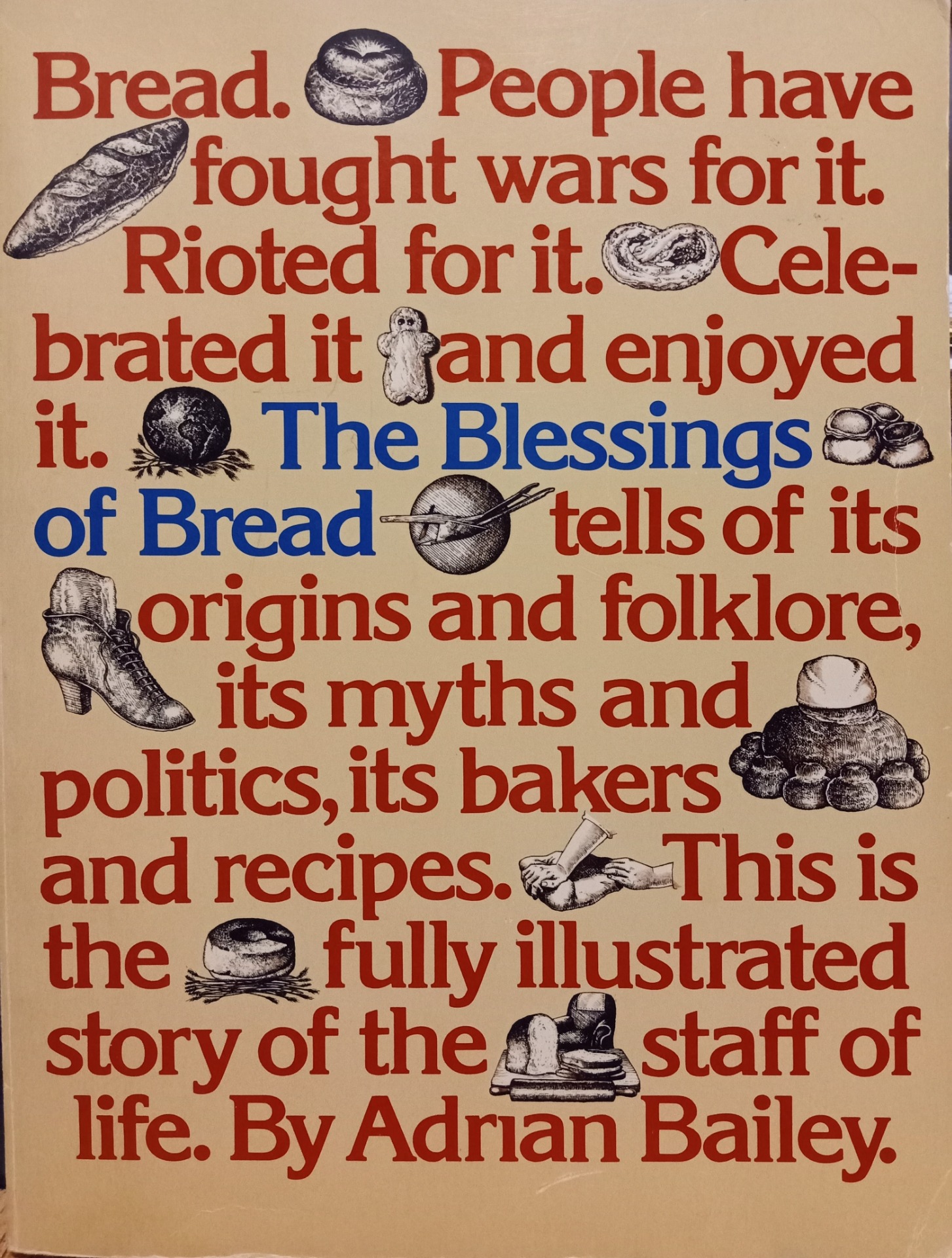ABOUT
________
If someone regards this website as a textbook, and has read through all the info, much of my life could be pieced together, but for those who would like a synopsis in one read, I'll try my best to put it here!
My life began on a dairy farm in Wisconsin in the mid-1940s. As the oldest of a handful, at age six I was Dad's main helper on the farm - milking and everything else I could physically manage as the years went on. Being in 4-H for 8 years, beginning at age 10, was significant because I took a great variety of projects and received many achievement awards because of many leadership roles. The same results came during high school, and not because of grades - - I was just an "average" student, grade-wise, but so wished I had a greater understanding of the subject matter. So that was countered by being involved in so many skill-building activities.
We are in the years of research to find connections/partners who would align with & support the National Bread Museum project so the finances & "know-how" are available to have an on-land museum & programs for:
A - - the Historical Preservation of Artifacts mostly connected with our grandmothers' baking of the 18- & 1900s and to collect their related stories in order to be thankful for, and remember, their way of life;
B - - the collections of Objects for the Associated Museums in this Project for historical preservation and the educational benefit of the people of this land and world;
C - - the Educational Benefit of knowing about the World of Bread Culture and how it's connected to the survival of each of our lives.
For someone, today, interested in anything to do with the food-grain industry (+ cereals, flours, etc.), milling, and/or baking
(which in itself has dozens of associated off-shoot fields of interest, employment, and professions, along with entrepreneurial ventures), it's the intention to create a listing of sources to help advance "knowing what's out there!"
For some it will be areas of personal enjoyment. For some it will stimulate ideas of possible educational goals and future professions . . . a main reason to provide this information. For many (especially students connected with the study of food) it will expand their knowledge of just how gigantic the expanse of "Bread Culture" has always been & still is in this country (& the world), regarding the development and survival of people's lives on this land.
The following is the part of the story of how the National Bread Museum project began, based on some books.

By Donna Kozak, Founder
Let's begin with when and where the National Bread Museum idea began in 1997 (although I didn't know it, yet, at that time). It was in 2 of the 32 pages of reference materials, at the end of The Book of Bread book, which listed 15 Bread Museums throughout 5 countries of Europe! (The 1st was in Ulm, Germany, in 1955.) I was shocked -- never having heard of such a museum during the 9 years we lived in Europe, 1982-'91, and quite disappointed to not have known in order to see some.
With this book I realized I was able to ultimately, & very inexpensively (for the price of the book) travel a great part of the world through centuries of time and bread history, via text and gorgeous photos! It was heavenly. It became my initial guide for a return to Europe in 2000 to visit my first three bread museums, and that gave me the idea of someday establishing one for this country because I had lots of the same "stuff!"
I always believed all the artifacts I was able to collect from the German flohmarkts (1989-'91) would be for my short-term personal display and enjoyment, but ultimately I was a soul who was a "keeper of history" for the benefit of all the people of today and tomorrow. (P.S. Put the book title & author's name in a search engine, not Amazon, & you might find some extremely good deals for under $10 -- & not the $49 I choked on & had to pay to originally get the 2 pages of resources! But in the end "back then," the $49 turned out to be an invaluable "investment.")
(That's a related career for another soul! Just contact me by email: breadmuseum@aol.com.)
A few additional books I came across at the "turn of the century" time (Year 2000), & what I consider to be absolutely treasures regarding their information & photos or illustrations, are the following. (Each of these, & the one above, is the coffee-table size around 9.5 x 11 inches.) Again, look for them as used books at a great price today!




Your Title
This is where your text starts. You can click here to start typing. Sed ut perspiciatis unde omnis iste natus error sit voluptatem accusantium doloremque laudantium totam rem aperiam eaque ipsa quae ab illo inventore veritatis et quasi architecto beatae vitae dicta sunt explicabo nemo enim ipsam voluptatem.
Your Title
This is where your text starts. You can click here to start typing. Sed ut perspiciatis unde omnis iste natus error sit voluptatem accusantium doloremque laudantium totam rem aperiam eaque ipsa quae ab illo inventore veritatis et quasi architecto beatae vitae dicta sunt explicabo nemo enim ipsam voluptatem.
BEHIND THE SCENES ~ CREATING THIS MUSEUM
Recognition of Bread Culture Resources ________

We are in the years of research to find connections/partners who would align with & support the National Bread Museum project so the finances & "know-how" are available to have an on-land museum & programs for:
A - - the Historical Preservation of Artifacts mostly connected with our grandmothers' baking of the 18- & 1900s and to collect their related stories in order to be thankful for, and remember, their way of life;
B - - the collections of Objects for the Associated Museums in this Project for historical preservation and the educational benefit of the people of this land and world;
C - - the Educational Benefit of knowing about the World of Bread Culture and how it's connected to the survival of each of our lives.
For someone, today, interested in anything to do with the food-grain industry (+ cereals, flours, etc.), milling, and/or baking
(which in itself has dozens of associated off-shoot fields of interest, employment, and professions, along with entrepreneurial ventures), it's the intention to create a listing of sources to help advance "knowing what's out there!"
For some it will be areas of personal enjoyment. For some it will stimulate ideas of possible educational goals and future professions . . . a main reason to provide this information. For many (especially students connected with the study of food) it will expand their knowledge of just how gigantic the expanse of "Bread Culture" has always been & still is in this country (& the world), regarding the development and survival of people's lives on this land.
The following is the part of the story of how the National Bread Museum project began, based on some books.
To be continued :)
There are so many more for this story . . . it's all a matter of having the time to put it all together.